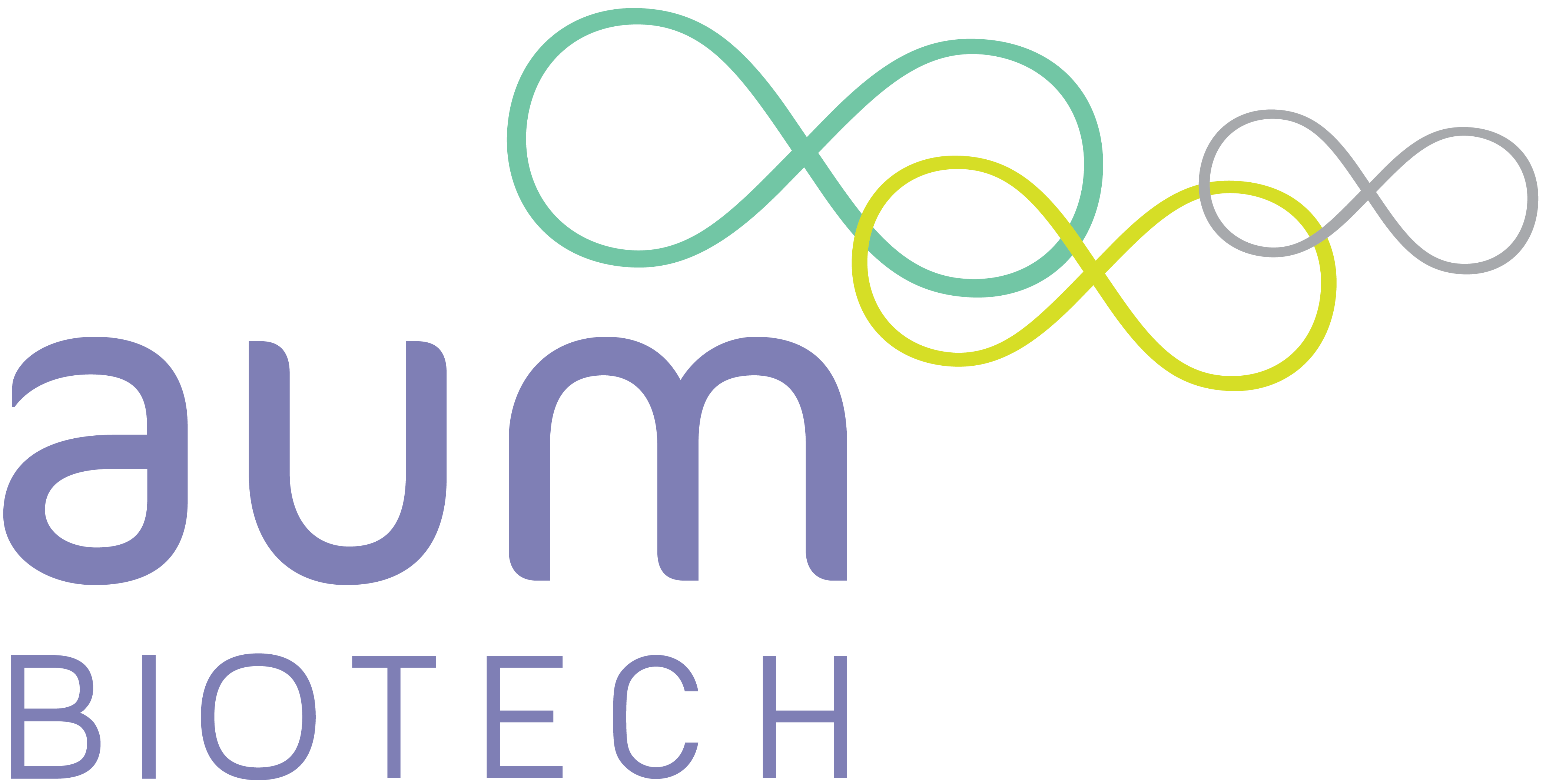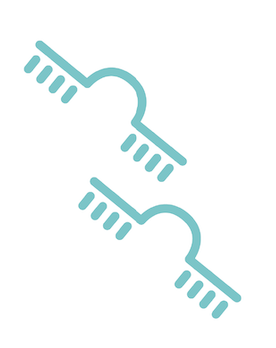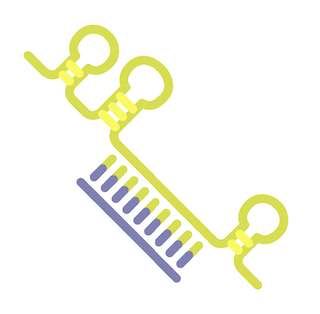AUMsilence™
Self-Delivering ASOs for potent mRNA knockdown
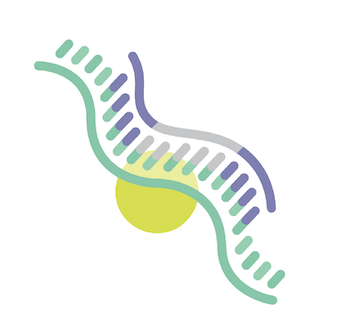
AUMsilence™
Self-Delivering ASOs for mRNA Knockdown
AUMsilence™ oligonucleotides are self-delivering antisense oligonucleotides (ASOs) designed for potent mRNA knockdown in virtually any biological system. Built on our proprietary AUMsilence platform, these oligos combine a phosphorothioate backbone with advanced chemical modifications. This chemistry allows them to form stable DNA/RNA hybrids and recruit RNase H, thereby cleaving target mRNA and silencing gene expression.
Unlike siRNAs, which operate through the RISC complex, AUMsilence ASOs act via a single-stranded mechanism – simplifying the pathway and avoiding RISC-associated off-target effects. AUMsilence ASOs are designed to be delivered without transfection reagents or carriers. Simply add them to cell culture medium or inject them into an animal; the oligos will enter cells by gymnotic uptake (passive cellular uptake) thanks to their chemical design.
Self-Delivery & Ease of Use
No transfection reagents, viral vectors, or conjugates are required to deliver AUMsilence to cells. This means you can simply treat cells with the ASO in a one-step process – mix and go. It dramatically simplifies protocols, especially for primary cells or co-culture systems where transfection workflows are cumbersome. You save time and avoid laborious optimization of delivery conditions.
Works in Difficult Systems
AUMsilence excels in contexts where other methods struggle. It shows excellent uptake in difficult-to-transfect cells and primary cultures. Researchers have used AUMsilence successfully in T lymphocytes, B cells, neuronal cells, and other primary lines that often fail to uptake siRNAs or plasmids. It's also proven in animal models, including mice and zebrafish embryos.
High Specificity & Low Off-Target Effects
AUMsilence has very high specificity for the intended mRNA. Because the ASO is single-stranded and requires a perfect match for RNase H activation, off-target binding is minimized. Furthermore, unlike siRNA, which can have off-targets via partial "seed" matches through RISC, AUMsilence has no RISC-associated off-target effects. This results in cleaner data and reduces the need for extensive off-target analysis.
No Toxicity
AUMsilence oligos are non-toxic at functional doses. The elimination of transfection reagents also means no toxicity from cationic lipids or electroporation shock. In many cases, cells treated with AUMsilence show knockdown with no impact on viability, proliferation, or innate immune activation. This has been validated in sensitive cell types and in vivo studies.
Mechanism of Action
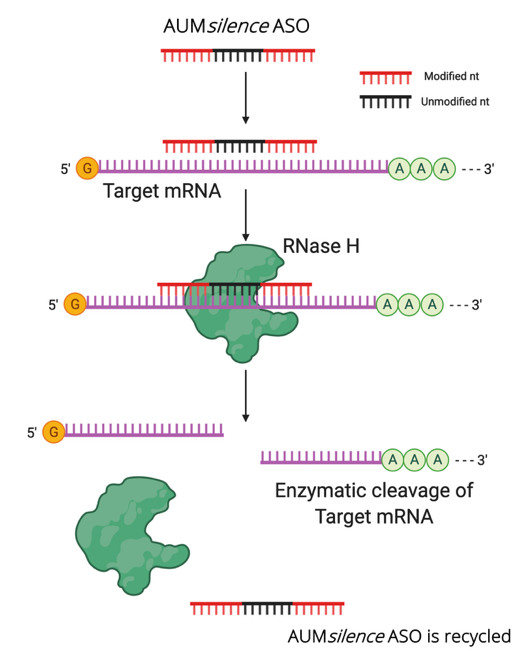
Antisense Binding & RNase H Cleavage: Each AUMsilence oligo is typically 15-20 nucleotides in length and is complementary to your target mRNA. Upon introduction to cells, it hybridizes to the mRNA transcript of interest. The DNA-like characteristics of the oligo trigger RNase H1 enzyme to recognize the DNA/RNA duplex and cleave the RNA strand. The result is sequence-specific degradation of the mRNA, preventing translation of the target protein.
Nuclear and Cytoplasmic Targeting: Unlike RNAi (siRNA) which mainly works in the cytoplasm, AUMsilence ASOs can distribute to both the cytosol and the nucleus. This is crucial for genes whose mRNA might predominantly reside or function in the nucleus.
Gymnotic Delivery: AUMsilence oligos have chemical features that facilitate their uptake by cells without any transfection reagent. They adsorb to cell surfaces and are internalized via endocytosis over time. This natural uptake process is gentle on cells, avoiding the toxicity and stress responses that can come with lipid-based delivery.
Applications and Use Cases
Gene Function Studies
Quickly assess the function of a gene by silencing its expression in cells. For example, to study a disease-related gene, you can treat disease model cells with AUMsilence targeting that gene and observe changes in phenotype, signaling pathways, or other readouts.
Hard-to-Transfect Cells
Use AUMsilence to achieve knockdown in primary cells (e.g., primary neurons, hepatocytes, stem cells), suspension cell lines (blood cancer lines, immune cells), or other cells where lipofection efficiency is low.
In Vivo Gene Silencing
Because no special nanoparticle or viral delivery is needed, AUMsilence is ideal for in vivo studies. You can formulate the oligo in a simple buffer and inject it intravenously, intraperitoneally, intrathecally, or subcutaneously depending on your study.
High-Throughput Screening
AUMsilence oligos can be deployed in arrayed screens to identify gene functions or therapeutic targets. Since they don't require transfection reagents, you can scale knockdown experiments to 96- or 384-well plate formats with ease.
AUMsilence in Action - Select Published Studies
In a breakthrough study on neurodegenerative diseases, researchers used AUMsilence™ self-delivering antisense oligonucleotides (sdASO™) to target TRIM11, a protein that protects against tauopathies including Alzheimer's disease. AUMsilence™ ASOs effectively silenced TRIM11 in cortical neurons with high efficiency, demonstrating that reduced TRIM11 levels exacerbated tau protein aggregation by approximately 50-95%. This research revealed TRIM11's crucial neuroprotective role in preventing tau pathology and maintaining neuronal viability. The self-delivering nature of AUMsilence™ sdASO™ enabled efficient neuronal uptake without transfection reagents, making them ideal for these sensitive primary cell models where traditional delivery methods often fail.
Reference: Zhang et al., Science, 2023. "TRIM11 protects against tauopathies and is down-regulated in Alzheimer's disease."
In another groundbreaking study, researchers investigated the role of DHX15, an RNA helicase, in liver development, regeneration, and tumor growth. Using AUMsilence™ sdASO™ targeting DHX15, scientists achieved approximately 80% knockdown of DHX15 in the liver with just a single intravenous dose, with sustained silencing for up to 72 hours. In a hepatocellular carcinoma (HCC) mouse model, mice treated with AUMsilence™ DHX15-targeting sdASO™ showed dramatically reduced tumor volumes (179.6 mm³) compared to control mice (1085 mm³). The study demonstrated that AUMsilence™ sdASO™ effectively entered liver cells without any delivery reagents or special formulations, highlighting the technology's exceptional efficiency in targeting liver tissue. This research not only revealed DHX15's critical role in liver cancer but also demonstrated the therapeutic potential of gene silencing using AUMsilence™ sdASO™ in oncology applications.
Reference: Portolés et al., International Journal of Molecular Sciences, 2024. "Identification of Dhx15 as a Major Regulator of Liver Development, Regeneration, and Tumor Growth in Zebrafish and Mice."
Ready to Try AUMsilence?
Order your custom AUMsilence ASOs today. Simply provide us with your gene target information, and our AI-powered design system will create the optimal oligonucleotide sequence for your specific needs. Our scientific team is ready to assist with any questions about experimental design or applications.
